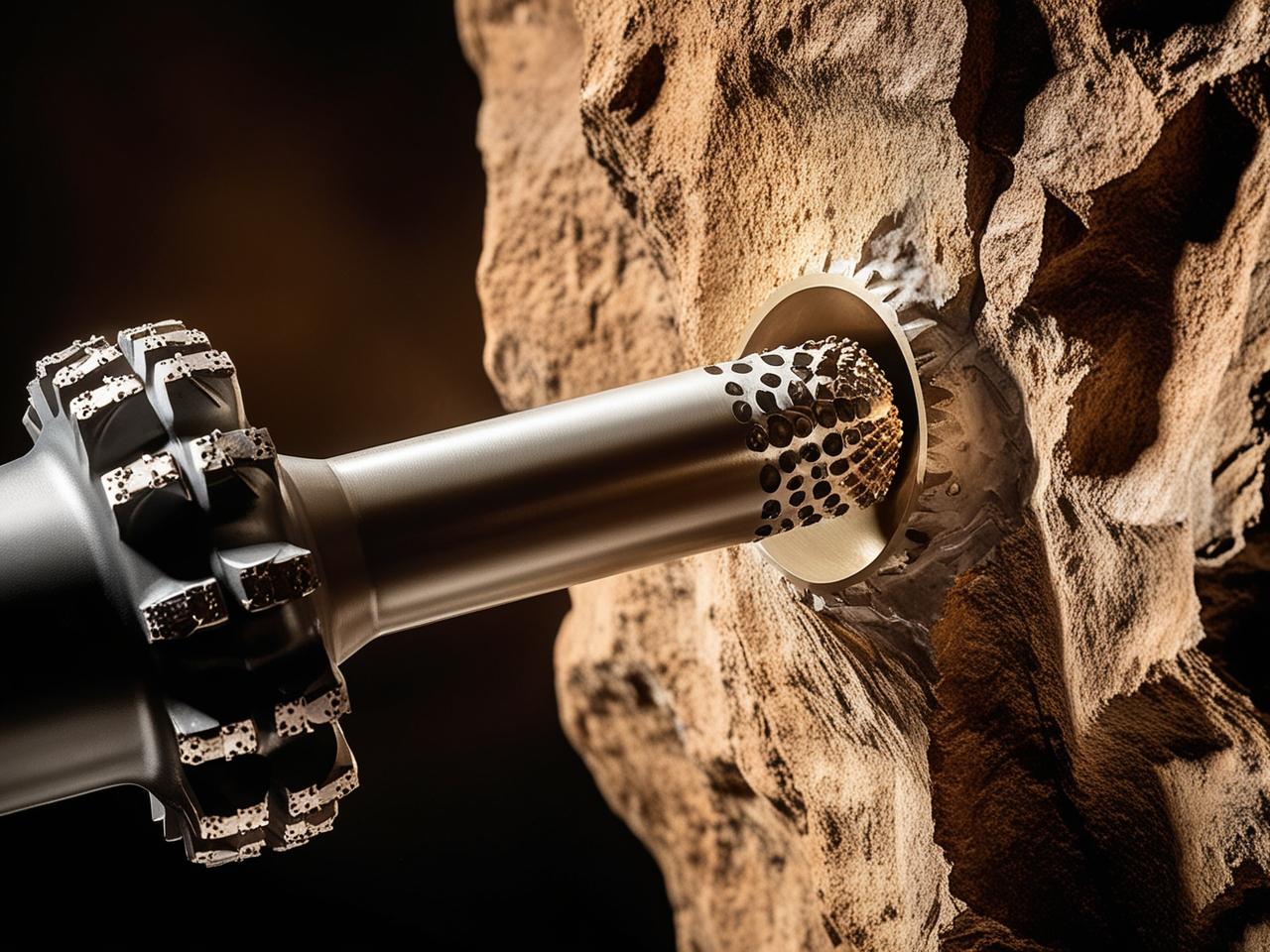When it comes to subsurface investigations, choosing the correct drilling method is more than a technical decision, it’s a strategic one. The right method ensures accurate data collection, cost-efficiency, and long-term success for your project. Ngano Drilling specializes in matching the drilling approach to your site’s specific geology and your project’s unique requirements.
Two of the most commonly used drilling techniques in geotechnical and exploration projects are Rotary Drilling and Diamond Core Drilling. Here’s how they differ and when each is best suited.
Rotary Drilling
Best For:
Large-diameter holes, unconsolidated soils, and soft to moderately hard rock formations.
Common Applications:
- Geotechnical investigations
- Environmental and monitoring wells
- Mineral exploration in soft ground
- Overburden removal before core drilling
Advantages:
- Fast and Cost-Effective: Rotary drilling is typically quicker than core drilling, making it ideal for projects on tight timelines.
- Ideal for Overburden Materials: It efficiently penetrates loose or unconsolidated layers such as sand, clay, and gravel.
- Minimal Site Preparation: The setup is straightforward, making it suitable for remote or logistically challenging areas.
Explore more about our Rotary Drilling services.
Diamond Core Drilling
Best For:
Hard rock formations and projects requiring intact geological samples for advanced analysis.
Common Applications:
- Mineral and mining exploration
- Detailed core logging
- Foundation design in rocky terrains
- Structural analysis of deep formations
Advantages:
- High-Quality Core Samples: Diamond core drilling retrieves continuous and intact cores, ideal for geological and geotechnical logging.
- High Precision: Offers excellent control over direction and angle, crucial for inclined or deep boreholes.
- Greater Depth Capability: Diamond drills can penetrate deeper into dense rock with minimal disturbance to the surrounding material.
Explore our diamond drilling solutions.
Rotary vs Diamond Core Drilling: How to Choose the Right Method
The best drilling method for your project depends on several key factors:
1. Geology of the Site
Loose soils and overburden call for rotary drilling, while harder bedrock conditions favour diamond core drilling.
2. Purpose of the Investigation
Need detailed geological data and core samples? Diamond drilling is your go-to. For quicker site classification or well installations, rotary drilling may be more practical.
3. Depth & Diameter Requirements
Large-diameter and shallow holes are more cost-effective with rotary methods. Deep boreholes in complex geology often require the precision and sample integrity of diamond drilling.
Let Ngano Drilling Guide You
We don’t just show up with equipment, we bring tailored expertise. Our team will:
- Assess your project’s geology and technical requirements
- Recommend the most efficient, cost-effective drilling method
- Ensure your project is compliant with all regulations
- Deliver high-quality data to support confident decision-making
Whether you’re exploring minerals, conducting environmental assessments, or designing complex structures, we’re here to drill smart, not just deep.
Get Expert Advice Before You Drill
Choosing the wrong drilling method can cost you time, money, and data quality. Let Ngano Drilling help you start your project with confidence.

